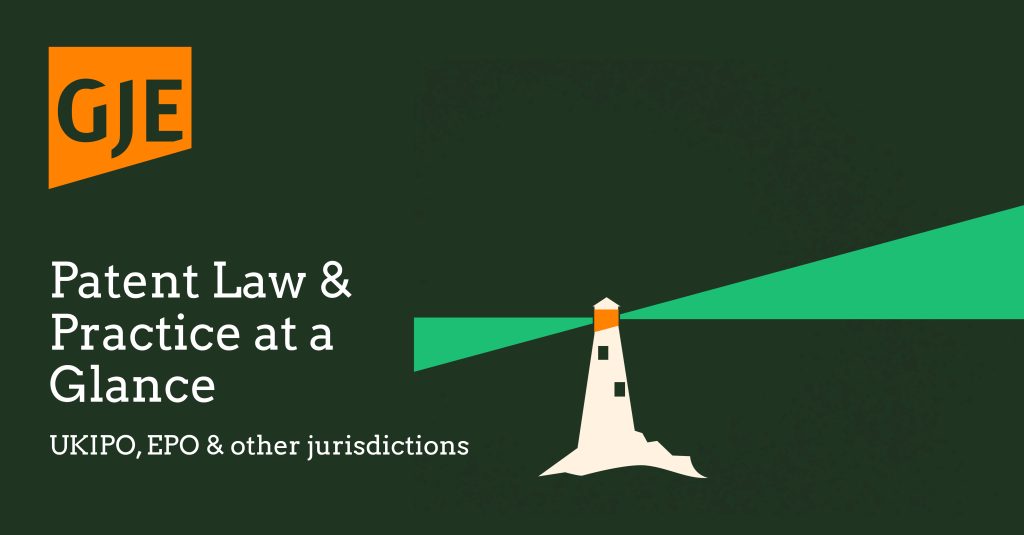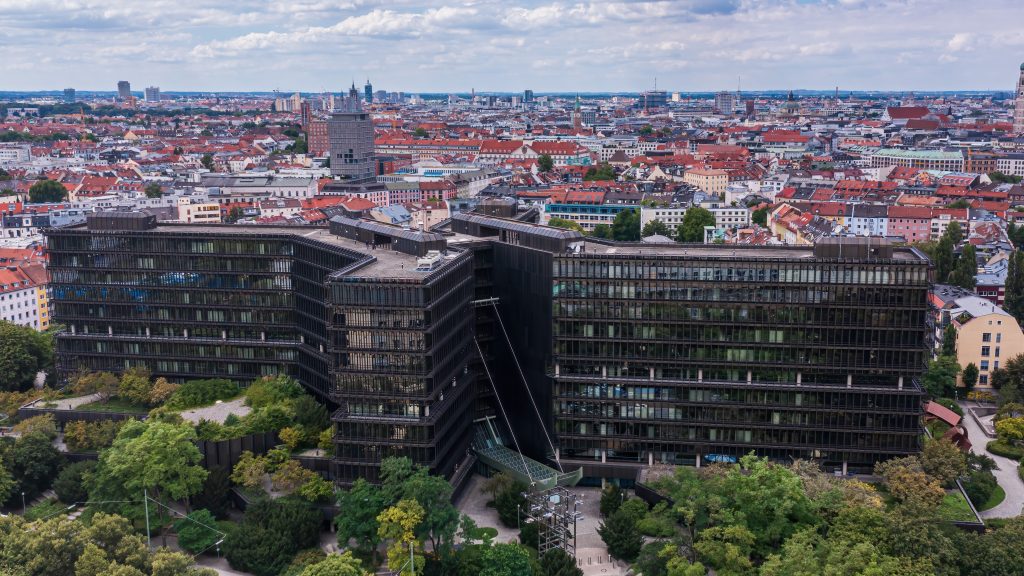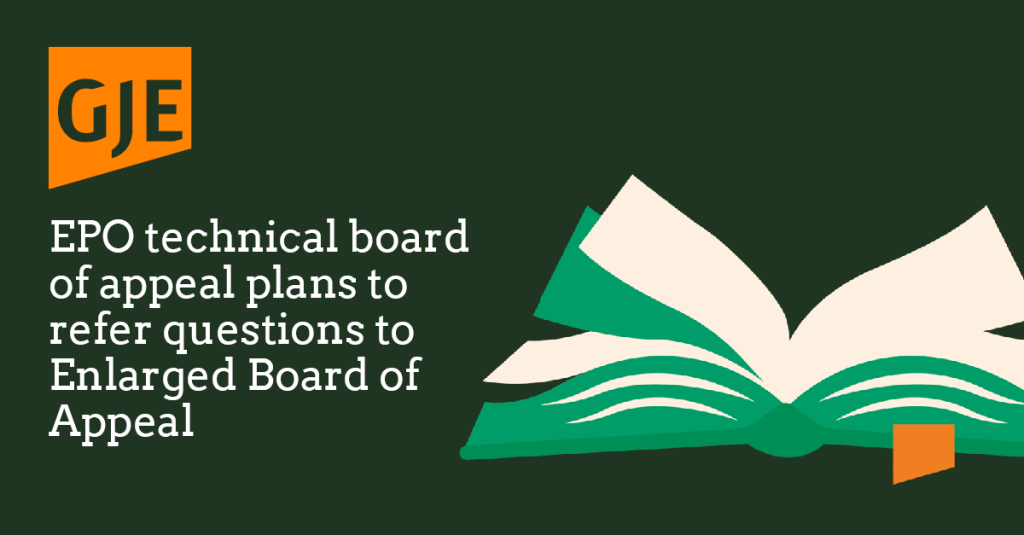
On 16 July 2024, the Munich Central Division (CD) of the Unified Patent Court (UPC) issued its first substantive decision in a revocation action in UPC 1/2023, marking a significant milestone in the new patent litigation system in Europe. In the case, Sanofi was seeking revocation of Amgen’s European patent EP 3 666 797. This patent pertains to antigen-binding proteins targeting protein convertase subtilisin Kexin Type 9 (PCSK9). The CD subsequently declared Amgen’s patent invalid due to a lack of inventive step.
With its entry into force on 1 June 2023, the UPC has started to take on an important role in landscaping the field of intellectual property law, streamlining and unifying patent protection and enforcement within Europe. In the first year of its operations, the UPC received a total of 411 cases with this decision establishing an early example of how the UPC will handle revocation challenges.
Overall, this early decision sets an important precedent that will guide future cases before the UPC, creating a more predictable patent litigation landscape. Moreover, this ruling may have important implications across various sectors (not just for the pharmaceutical industry) in how companies evaluate their patent applications, claim drafting, and prosecution strategies in Europe. Key takeaways from the decision UPC 1/2023 are:
Claim interpretation and inventive step approach
When it comes to assessing the validity of unitary patents, the UPC has adopted an approach similar to the European Patent Office (EPO). Following claim interpretation, the Court examines any issues in relation to priority, novelty, and inventive step of the main request. Appropriately, the Court of Appeal (CoA) of the UPC has laid down an initial legal framework for the interpretation of patent claims (UPC 335/2023, NanoString v 10x Genomics, 2024), in line with Article 69 of the European Patent Convention (EPC).
Furthermore, the Court emphasises an objective approach in assessing the inventive step, ensuring that it is evaluated from the perspective of a person skilled in the art avoiding hindsight bias. To assess inventive step, a realistic starting point first needs to be identified. A starting point is “realistic if its teaching would have been of interest to a skilled person who, at the priority date of the patent at issue, was seeking to develop a similar product or method to that disclosed in the prior art which thus has a similar underlying problem as the claimed invention” (UPC 335/2023, NanoString v 10x Genomics, 2024). Notably, there can be several realistic starting points and it is not necessary to identify the “most promising” starting point (see 8.6, UPC 1/2023).
Similar to the EPO, the concept of “reasonable expectation of success” is also pertinent in the context of the UPC when assessing the inventive step of inventions in the fields of biotechnology and pharmaceuticals (see 8.56, UPC 1/2023). This concept ensures that the assessment of inventive step considers not only whether a skilled person could have arrived at the invention but also whether they would have had a reasonable expectation of success in doing so. Also, the UPC’s approach to antibody patents seems to be consistent with the standards used by the EPO. By adopting an “EPO-style approach”, the UPC is aligning its patent validity assessment process with the established practices of the EPO.
Claim amendments and auxiliary requests
Under to Rule 30.1 of the Rules of Procedure (RoP) of the UPC, the defence to a counterclaim for revocation may include an application by the proprietor of the patent to amend the patent. That is, patent holders can strategically amend claims to address objections, but challengers must be diligent in presenting arguments against such amendments to protect their interests. The Court emphasised that Sanofi did not provide any arguments that Amgen’s application to amend did not meet the requirements of Rule 30.1 RoP. Accordingly, the application to amend was considered admissible. From this it becomes evident that for inadmissibility of an application to amend, proactive engagement by challengers is needed and that they should submit arguments to protect their respective interests.
However, it was noted by the Court that none of the auxiliary requests (ARs) provided effectively addressed the inventive step deficiencies present in the main request (see 9.7, UPC 1/2023). In fact, none of the ARs were filed with the aim of addressing a lack of inventive step. At no point did Amgen submit that, nor how, any of the ARs could serve as a basis for revocation of the patent in part given a lack of inventive step of the Main Request. According to Article 76 of the UPC Agreement (UPCA), a decision may only be based on grounds, facts, and evidence which were submitted by the parties. Hence, the CD decided that the ARs also were invalid for lack of inventive step.
Costs
In accordance with Article 69 UPCA and Rule 118.5 RoP, Amgen, as the unsuccessful party has to bear all legal costs. Prior to the oral hearing, the parties had agreed on a reasonable and proportionate amount for the legal costs. The agreed amount of €1.375 million was set by the Court as the total amount of legal costs to be borne by Amgen. This decision underscores the financial implications of patent litigation and highlights the importance of pre-hearing agreements on costs. For all parties involved, careful management of legal costs and effective negotiation will be crucial elements in the litigation process.
Procedural efficiency
One of the primary goals of the UPC is to streamline patent litigation across Europe by handling both infringement and validity issues within a single court system to provide a unified approach and increased flexibility. This approach is exemplified by the present case involving Amgen, Sanofi, and Regeneron. Sanofi filed an application for revocation of Amgen’s patent before the CD on the same day as Amgen’s infringement action against Sanofi and Regeneron was filed before the Munich Local Division (LD). In response to the infringement action, only Regeneron filed a counterclaim for revocation. The CD ordered that the revocation action filed by Sanofi and the counterclaim for revocation filed by Regeneron be dealt with jointly. By addressing both the initial revocation action and the counterclaim in a single proceeding, this sets an early example of ensuring efficiency and flexibility.
Furthermore, with this decision the UPC has demonstrated its ability to reduce the time and costs (relative to the extent of the jurisdiction) associated with patent litigation. In the present case, the action for revocation was filed on 1 June 2023 and the counterclaim for revocation on 24 November 2023. The decision to handle both the revocation action and counterclaim jointly was made within three months of the counterclaim being filed, on 27 February 2024. The final decision was reached on 16 July 2024, just over a year after the initial revocation action and about eight months after the counterclaim was filed. With this decision the UPC has demonstrated its intended rapid approach to deliver final decisions about one year after the proceedings being instigated. Whether this speed can be maintained as the caseload builds will be something to watch.
Finally, this decision also shows that the UPC provides effective mechanisms for appealing decisions and enforcing rulings. That is, any party which has been unsuccessful may lodge an appeal against the decision before the CoA by within two months of the date of notification (Art. 73(1) UPCA, R. 220.1(a), 224.1(a) RoP). At the same time, an authentic copy of the enforceable decision can be issued by the Deputy-Registrar upon request of the enforcing party, R. 69 RegR., Art. 82 UPCA. Both the appeal and enforcement procedures are integral to maintaining the UPC’s effectiveness.
If you have any questions about any UPC matter or the points raised in this article, please contact your usual GJE attorney or email us at gje@gje.com.


